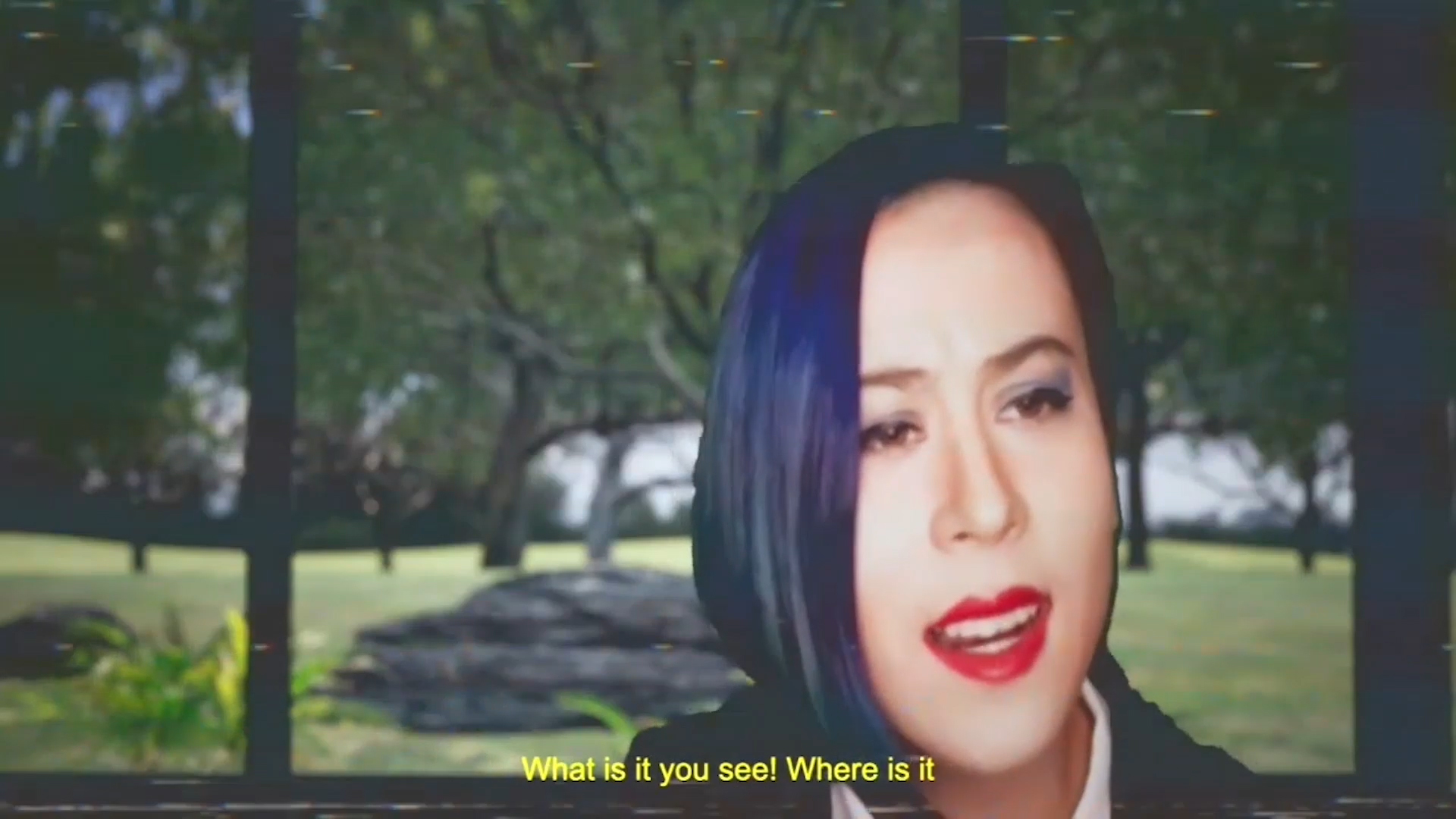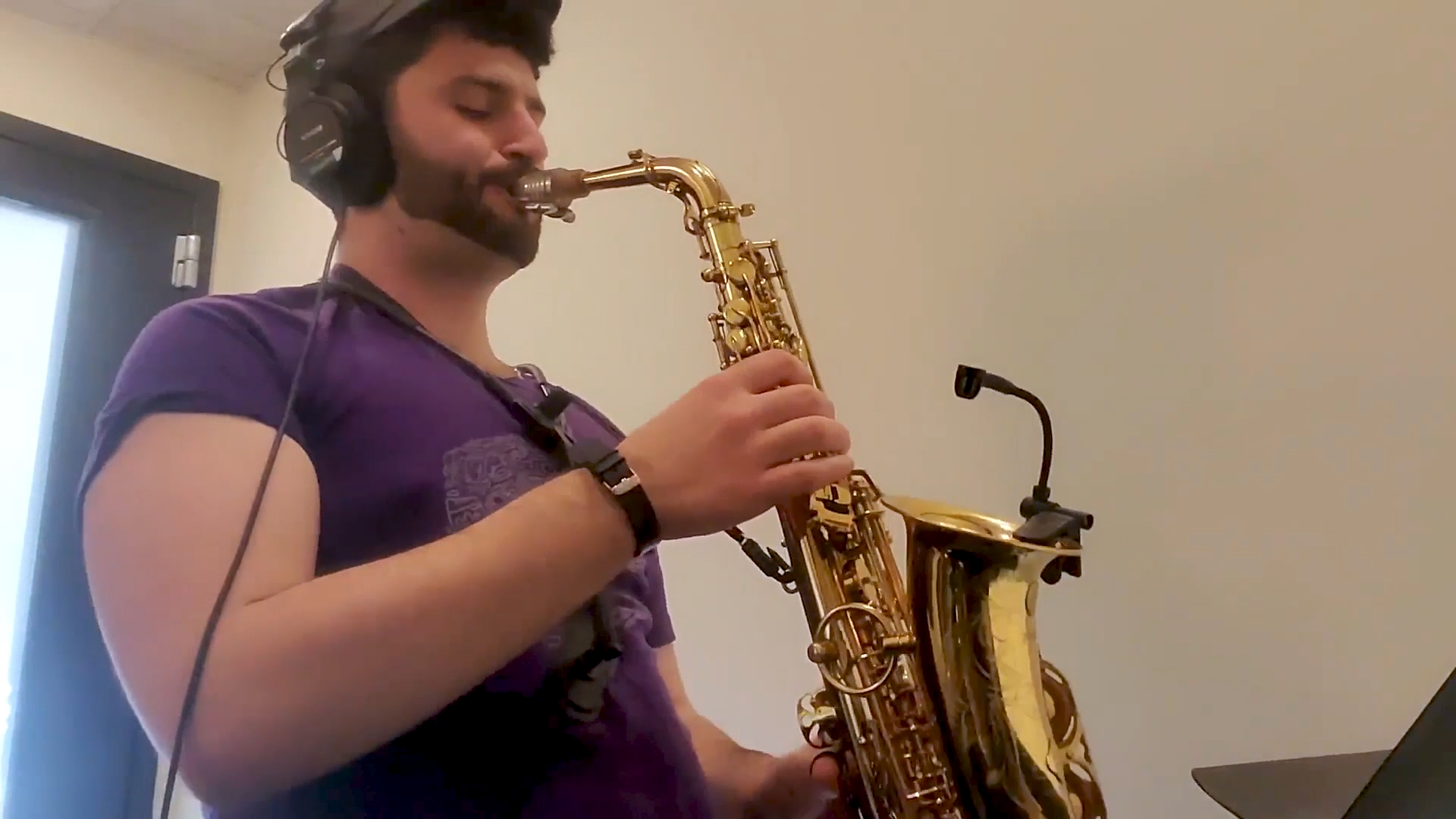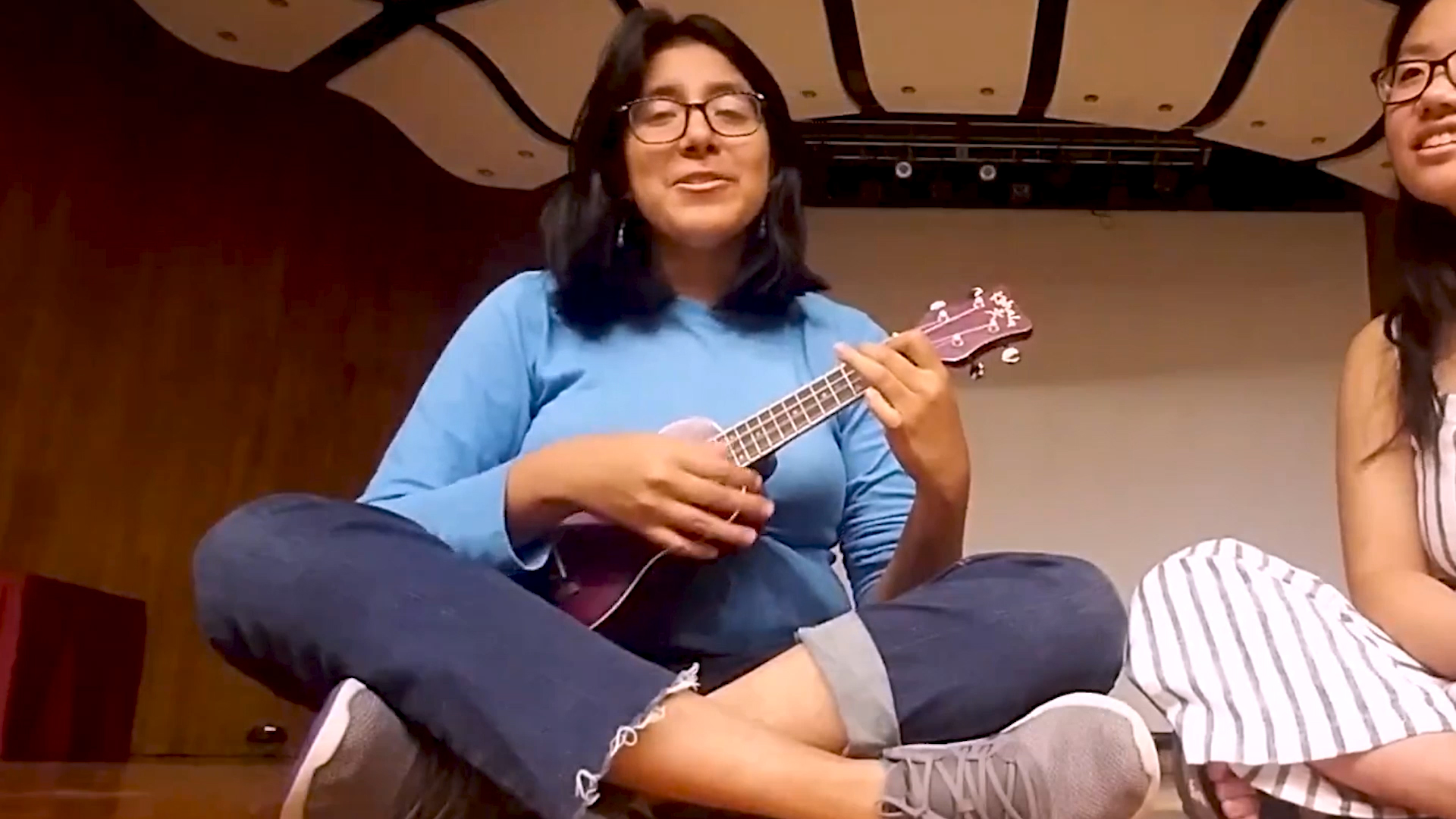Kevin Costello, Rian Flynn, Gabriel “Tony” Terrasa, and Luisa Apolaya Torres
Each year, the Laya and Jerome B. Wiesner Student Art Awards, which were created in 1979, acknowledge four undergraduate or graduate students, living groups, organizations or activities for their outstanding achievement in and contributions to the arts at MIT; each winner receives $2,000.
The awards are part of the institution’s long, proud tradition of nurturing the performing arts, and recognize the impact these students have had on the MIT community. This year’s Wiesner Award winners all embody the unique junction of heart and mind, art and science that is at the center of the MIT experience.

Sharing the Spotlight: Kevin Costello ’21
Listening to Kevin Costello’s composition “Standing on the Sidelines,” one is struck by its easygoing virtuosity: It is a beautifully constructed and memorable piece of music. Just as important, the piece gives all the performers their own moment to shine, so that despite the title, nobody is actually stuck on the sidelines. “Kevin made a point in his writing to include students in solos and prominent ensemble roles that he felt needed the spotlight,” Director of Wind and Jazz Ensembles Frederick Harris Jr. said.
This collaborative spirit is also reflected in the making of the song’s video: Costello was one of two MIT students who helped their peers use the new low-latency audio system SoundJack, which allows musicians to play together live from different locations, and which has been an essential resource for student musical collaborations during the pandemic.
The co-president of the MIT Festival Jazz Ensemble (FJE) and an Emerson Fellow in Jazz Advanced Music Performance, Costello (Mathematics and Music) played the trombone and the piano when he arrived in Cambridge. MIT empowered him to explore new areas such as music theory as well as composition and arranging. His research project on musical patterns in jazz lead sheets was “of publishable quality,” according to Professor Sarah Iker; he arranged scores for visiting professional musicians, and was even able to compose in the Indonesian gamelan style.
For Costello, who is from Great Barrington, Mass., his two majors are not that different from each other. “I often think about composing in terms of problem-solving,” he said. “It’s almost like, ‘Okay, I have this nice melody — how can I expand on it? How can I take the listener through different emotions?’ In a lot of ways, it’s very similar to how I like solving a math problem.”

Enter Stage Right: Rian Flynn ’21
When they enrolled at MIT, Rian Flynn (Physics and Theatre Arts) did not suspect their life-changing experiences would come from stagework, resulting in a double major and new goals. Fast-forward to November 2020, when they played the title role in the María Irene Fornés play “Fefu and Her Friends,” under the direction of Professor Jay Scheib — their fourth show together at MIT.
Scheib praised them as “a performer with an immense capacity for transformation” and “a sensitive and agile thinker with an adventurer’s intellect.” Another of Flynn’s acting gigs was in the Wuming Theatre Club’s production of the Taiwanese play “Who Killed Robert.” Professor Claire Conceison pointed out this was the first time she had seen a non-native Chinese speaker in a Wuming show in her five years as faculty advisor.
Flynn’s commitment to theater also extended behind the scenes: They were a camera operator for Scheib’s show “The Silence.”
“It was a hard workout but fun,” they said, “almost like memorizing choreography for a dance.”
For Flynn, who grew up in the Bay Area, theatre speaks to the whole of their personality. “There’s that physics side to me, very analytical, but then there’s that theatre side where I can forget about the equations and proving what’s true or what’s false,” they said.
In the short term, Flynn is applying for jobs in software engineering. Thinking further ahead, they are considering applying to M.F.A. programs in acting, or perhaps dive into the New York theatre world.

Always Improving: Gabriel “Tony” Terrasa ’21
Studying at MIT often means discovering yourself, and the extent of what you can do.
Back home in suburban Maryland, Gabriel “Tony” Terrasa (Mechanical Engineering and Music) was equally passionate about science and jazz — he joined a robotics team in high school, and was a serious saxophone player.
Still, when he got to MIT, “The first day of jazz ensemble, I was in way over my head,” he recalled, laughing. The challenge excited Terrasa and spurred him to excel: He ended up co-president of the Festival Jazz Ensemble, sharing the role with fellow Wiesner Award-winner Kevin Costello.
As all good leaders, Terrasa knows when to put the collective needs above his own. Frederick Harris Jr, Director of Wind and Jazz Ensembles, noted that when the school’s top jazz ensembles found themselves without a drummer, Terrasa stepped in, adding drumset practice to his already busy schedule. It was, Harris said, “a truly remarkable feat and example of thinking beyond one’s own needs for the betterment of others.”
Terrasa also used his Emerson Fellowship in Jazz Advanced Music Performance to develop his composing skills. His piece “Croissant” premiered at the Festival Jazz Ensemble’s spring concert in April.
Being at MIT also helped Terrasa become a fuller person outside of the classroom or the rehearsal spaces: He mentioned the group Pleasure@MIT, which he joined in his junior year, as a formative influence outside of his music-making. “They do a lot of work on gender-based violence, and that has been probably one of the biggest mind flips for me personally,” he said.
And a new adventure will come soon: Terrasa won a Fulbright grant and will be an English Teaching Assistant in Spain this fall, and looks forward to listening to and learning about Galician music traditions while there.

Making a Difference: Luisa Apolaya Torres ’21
For Luisa Apolaya Torres (Mechanical Engineering), science and the arts are inseparable from helping others, being an advocate, and trying to have a positive impact in the world — tellingly, her engineering studies focus on sustainable product design. “I really like the idea of helping people,” she said.
Professor Claire Conceison described Torres as “a student who leads passionately but quietly, channeling joyful energy that draws others in and catalyzes positive change and humane compassion.”
Torres’s achievements include founding the student group Singing for Service, which visits rehabilitation centers, retirement homes and shelters; participating in an MIT D-Lab project that 3-D-printed orthotics for kids with cerebral palsy; and acting as a mentor to aspiring BIPOC and Latinx artists at the Los Angeles Theatre Arts Center.
Within the constellation of student arts organizations, she also made onstage and offstage contributions to MIT Musical Theatre Guild and the MIT Dance Troupe. “Time-management-wise, I pushed myself really hard,” Torres said.
Her most ambitious feat came early 2020, when she spearheaded a production of the Lin-Manuel Miranda musical “In the Heights” in association with the MIT Latino Cultural Center. The project was “important both for its artistic contribution and for its path-breaking representation of race and ethnicity in the MIT student artist community,” Concesion said.
Unfortunately the show was shut down before opening due to Covid-19. “Just before we left campus, we did a whole read-through for some of our friends,” Torres recalled. “It was challenging, but it was also very gratifying. It was an amazing experience of being together.”
—
Written by Elisabeth Vincentelli
The Council for the Arts at MIT presents several awards annually to MIT students who have demonstrated excellence in the arts.

